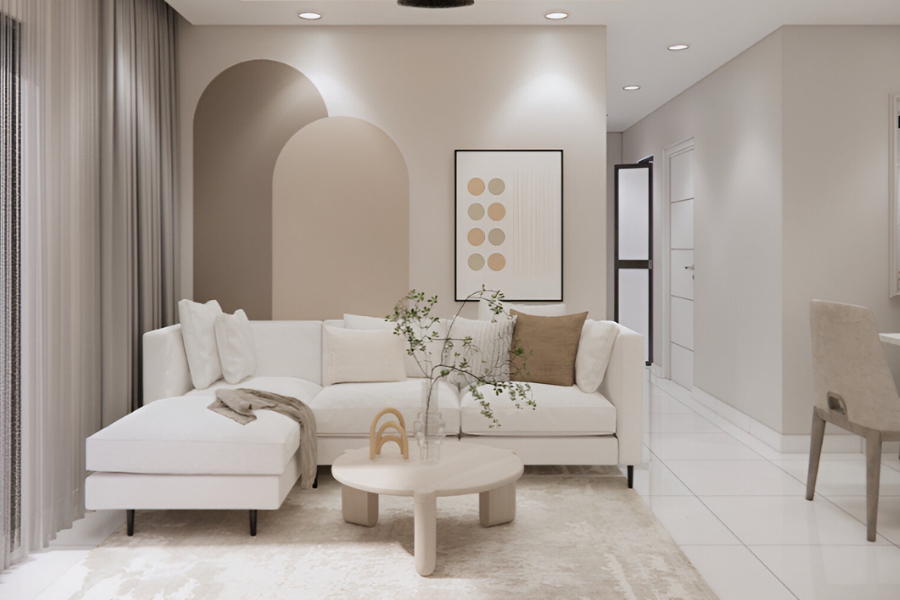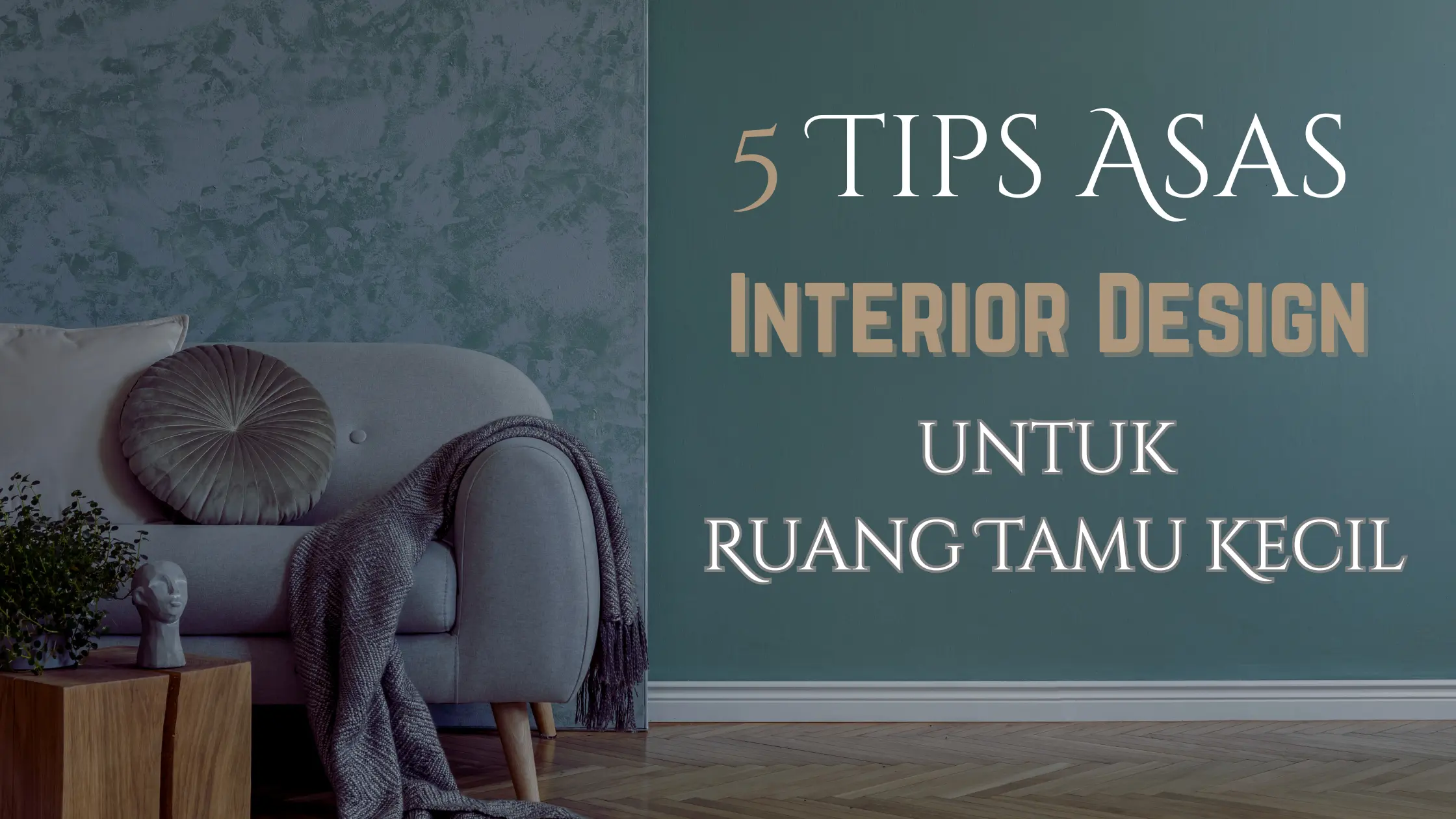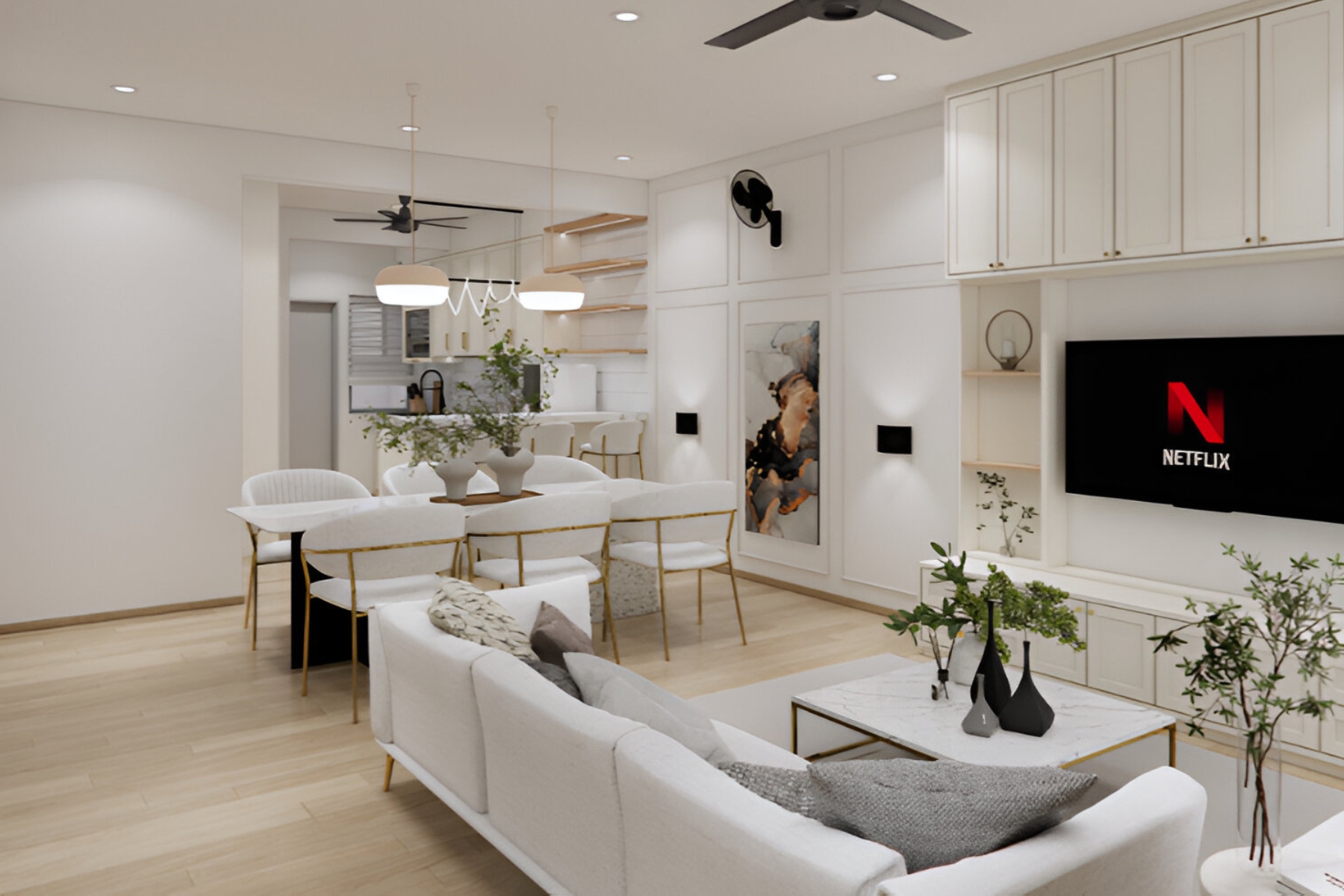Designing your own home can be an exciting and rewarding project. It allows you to create a space that truly reflects your personality and meets your needs. Here are some essential tips to guide you through the process of self-designing your home.
1. Plan Your Space
Before making any design decisions, it’s important to carefully plan the layout of your space. Consider the flow of each room, how much natural light it receives, and its intended function. Measure your space accurately and create a floor plan that optimizes both functionality and aesthetics.
2. Define Your Style
Your home should reflect your personal taste. Take time to explore different design styles – from minimalist to bohemian, modern to traditional. Create a mood board to visualize how these styles can come together in your space.
3. Focus on Functionality
While aesthetics are important, functionality should always come first. Think about the way you use each room. For example, in a living room, consider seating arrangements, storage options, and how you’ll entertain guests. Practicality ensures comfort and convenience.
4. Use Color Wisely
Color has the power to transform a space. Use it to create mood and define different areas in your home. Lighter colors can make a room feel larger, while darker tones create intimacy. Don’t be afraid to experiment with accent walls or complementary color schemes.
5. Mix Textures and Materials
Adding variety to textures and materials can bring depth and warmth to your space. Combine different textures such as wood, metal, fabric, and glass to make your design more dynamic. Ensure that they complement each other for a cohesive look.
6. Invest in Key Pieces
Focus on investing in key furniture and decor items that will serve as the foundation of your space. This could include a comfortable sofa, a stylish dining table, or statement lighting. These pieces should be both functional and visually appealing.
7. Personalize Your Space
Add elements that are uniquely yours. This could be artwork, family heirlooms, or decorative items that hold personal significance. Personalized touches make a space feel truly homey and inviting.
8. Stay Within Your Budget
Setting a budget is crucial in any design project. Prioritize spending on the items that matter most, like furniture and fixtures. Look for affordable alternatives to expensive decor items, and consider DIY projects to add a personal touch without breaking the bank.
9. Lighting Matters
Lighting plays a significant role in any design. Use a combination of ambient, task, and accent lighting to create a balanced atmosphere. Consider natural light and how it impacts the room’s overall look during different times of the day.
10. Don’t Rush the Process
Self-designing your home takes time, and it’s okay to take it one step at a time. Don’t rush into decisions. Experiment, make adjustments, and give yourself the freedom to change things as you go along. The process is as important as the final result.
By following these tips, you can create a space that not only looks great but also enhances your lifestyle. Self-designing your home allows you to be creative while ensuring that the end result is a space that truly feels like your own.






